Some destinations captivate visitors not through ground-level attractions, but through the celestial drama unfolding overhead. These locations offer rare atmospheric conditions, minimal light pollution, or unique geographical features that transform the sky into the main character of any visit. The experience transcends typical tourism, as visitors find themselves mesmerized by heavenly displays that overshadow any earthbound attractions. In these places, necks are craned upward, and conversations fade as people collectively witness atmospheric performances that remain etched in memory long after departure.
Here is a list of 13 places where the sky becomes the primary attraction, telling stories through light, color, and celestial movement.
Atacama Desert, Chile

The driest non-polar desert on Earth creates viewing conditions so perfect that major international observatories cluster in this remote region. The combination of high altitude, minimal atmospheric moisture, and virtually nonexistent light pollution reveals celestial objects visible nowhere else with the naked eye.
Many visitors report emotional responses bordering on the religious when first witnessing the Magellanic Clouds—satellite galaxies completely invisible from the Northern Hemisphere—hanging like cosmic ghosts above the Mars-like landscape.
Tromsø, Norway

This Arctic city sits directly beneath the auroral oval—the zone of most frequent northern light activity—creating near-perfect conditions for viewing nature’s most spectacular light show. The dramatic green waves frequently gain purple edges during intense solar activity while reflecting off surrounding fjords to create double displays that surround viewers.
The pronounced seasonal extremes create additional sky drama, with summer bringing the midnight sun phenomenon when darkness never fully arrives despite late hours.
Like Travel Pug’s content? Follow us on MSN.
Salar de Uyuni, Bolivia

During the rainy season, this massive salt flat transforms into a perfect mirror that doubles the sky in every direction, creating the world’s largest natural reflection surface. The boundary between heaven and Earth disappears completely, allowing visitors to experience the unique sensation of walking through clouds and stars simultaneously.
Sunset brings especially dramatic conditions when the entire horizon erupts in a duplicated color that surrounds viewers with synchronized beauty both above and below their feet.
Namibia’s NamibRand Nature Reserve
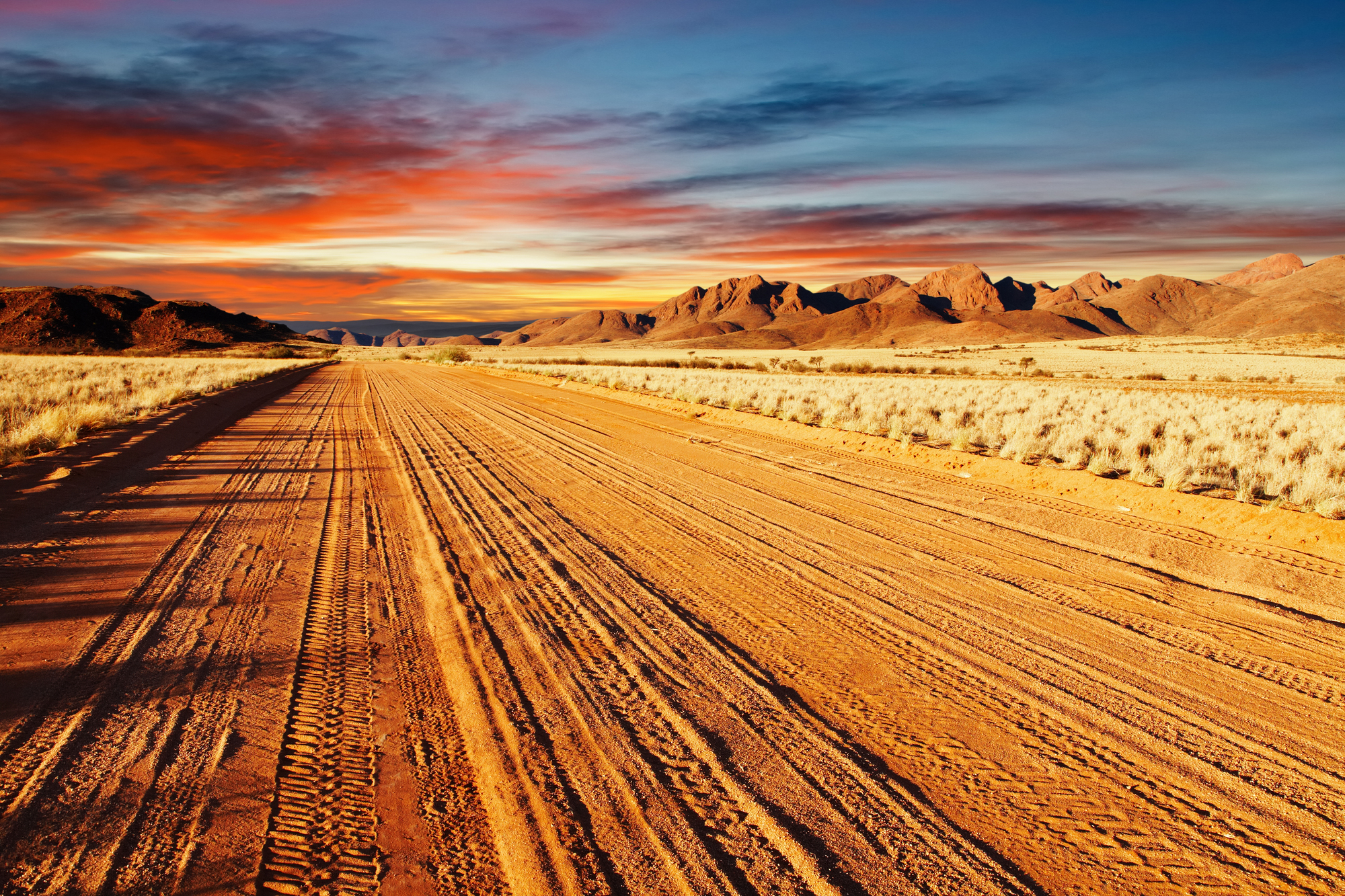
This certified International Dark Sky Reserve maintains strict lighting protocols that preserve viewing conditions increasingly rare in our illuminated world. The reserve’s remote location, far from major population centers, eliminates ambient light that would otherwise dim celestial visibility.
Specialized astronomy guides lead night walks explaining visible features like the Southern Cross and the band of our own Milky Way galaxy arching overhead, with structure and detail lost to most modern viewers accustomed to light-polluted skies.
Ladakh’s Nubra Valley, India

This high-altitude desert nestled between Himalayan peaks creates a natural amphitheater where atmospheric drama plays out with remarkable intensity. The extreme elevation combined with minimal moisture creates a particularly dark sky background that makes stars appear unusually vivid and numerous.
Daytime brings different celestial performances as massive cloud formations gather and disperse with theatrical flair against deep blue backgrounds, their shadows racing across mountainsides in constantly shifting patterns.
Like Travel Pug’s content? Follow us on MSN.
Uluru, Australia

The massive monolith in Australia’s red center serves as the perfect foreground for astronomical observation in one of the world’s least light-polluted regions. Indigenous astronomy tours explain Dreamtime stories connected to specific star patterns that guided human activity for thousands of years before European arrival.
The contrast between the ancient rock and eternal stars creates powerful connections between geological and celestial time scales, especially during the rare desert rainfall when temporary pools create reflecting surfaces that double the already impressive display.
Greenland’s Western Coast
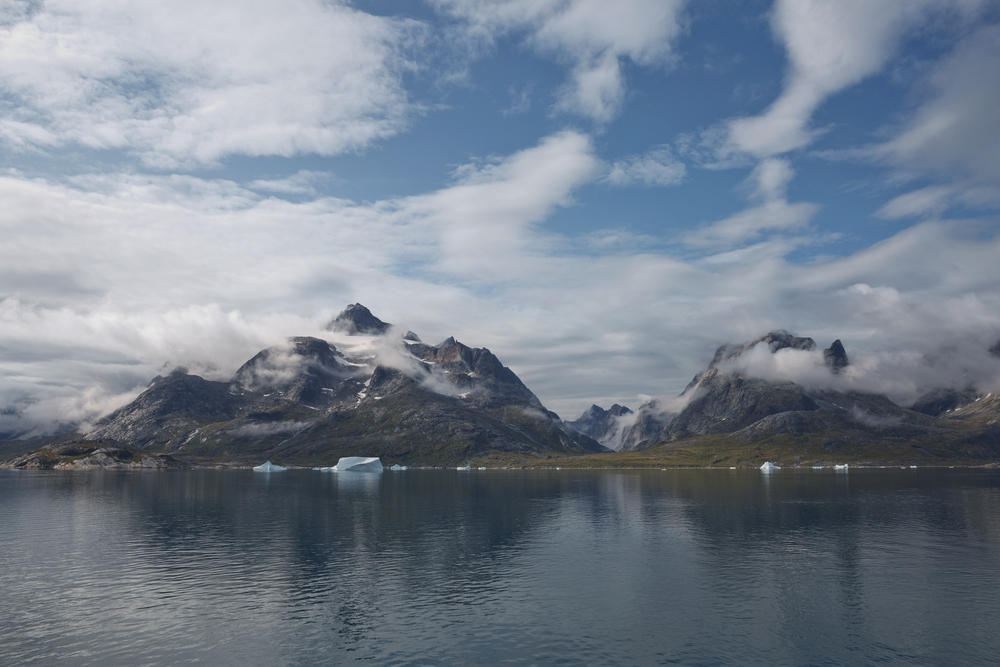
This remote region experiences some of Earth’s most active and colorful northern lights displays, made even more dramatic by reflections off icebergs and fjords. During winter months, the extended darkness creates ideal viewing conditions for aurora activity that sometimes lasts entire nights rather than brief appearances.
Local Inuit guides share traditional stories explaining these luminous displays as spirits playing games with a walrus skull, adding cultural depth to the natural phenomenon that dominates Greenland’s winter sky experience.
Big Island, Hawaii
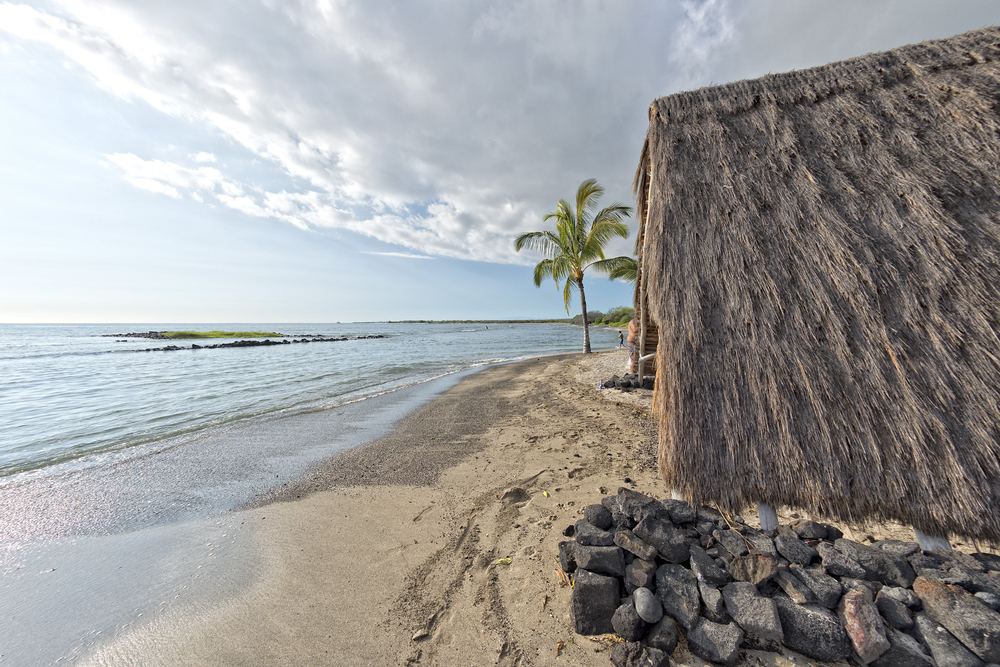
The dormant volcano Mauna Kea rises above most atmospheric moisture to create observation conditions so perfect that international research facilities crowd its summit despite the cultural controversy surrounding their presence. Strict regulations control light pollution across the island, preserving views that include both northern and southern celestial hemispheres simultaneously—a rarity in inaccessible locations.
Sunset viewing from the summit creates the extraordinary experience of standing above clouds while watching shadow bands stretch across the Pacific Ocean below.
Like Travel Pug’s content? Follow us on MSN.
Sahara Desert, Morocco

The absolute darkness of deep desert night reveals stars in such profusion that familiar constellations become difficult to identify among countless points of light normally invisible. The extreme temperature drop after sunset creates occasional condensation that briefly clarifies viewing even further before evaporating completely in the arid environment.
Traditional Berber guides share navigation techniques utilizing stars that remain essential knowledge for desert crossing even in the GPS era, connecting visitors to ancient celestial relationships still actively maintained.
Himalayas’ Phobjikha Valley, Bhutan

This wide glacial valley known for black-necked crane migrations also offers extraordinary sky viewing due to strict national light pollution controls and minimal development. The surrounding mountains create a natural frame for celestial observation while blocking distant light sources that might otherwise intrude.
Bhutanese Buddhist traditions include numerous astronomical observations within their practice, adding cultural context to viewing experiences guided by monks from nearby Gangtey Monastery who interpret celestial patterns through both scientific and spiritual perspectives.
New Zealand’s Mackenzie Basin
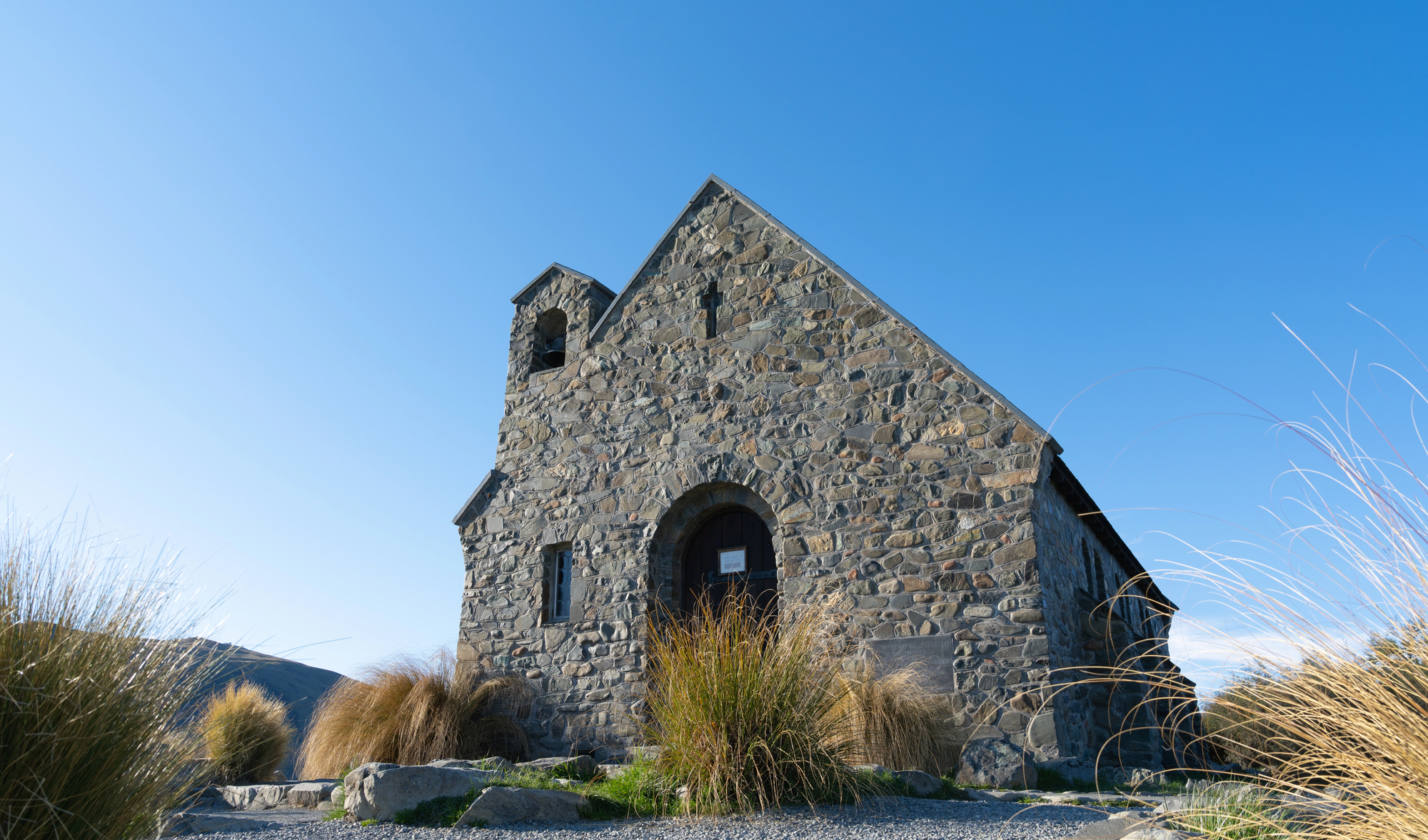
This highland area on the South Island maintains minimal development, specifically to protect astronomical observation conditions for the Mt. John Observatory. Local ordinances require all outdoor lighting to point downward and remain below certain brightness thresholds, preserving darkness increasingly rare in developed regions.
The resulting conditions reveal the Milky Way with such clarity that its structure becomes immediately apparent even to first-time observers, while the southern position provides views of the Large and Small Magellanic Clouds impossible from northern latitudes.
Like Travel Pug’s content? Follow us on MSN.
Pic du Midi, France
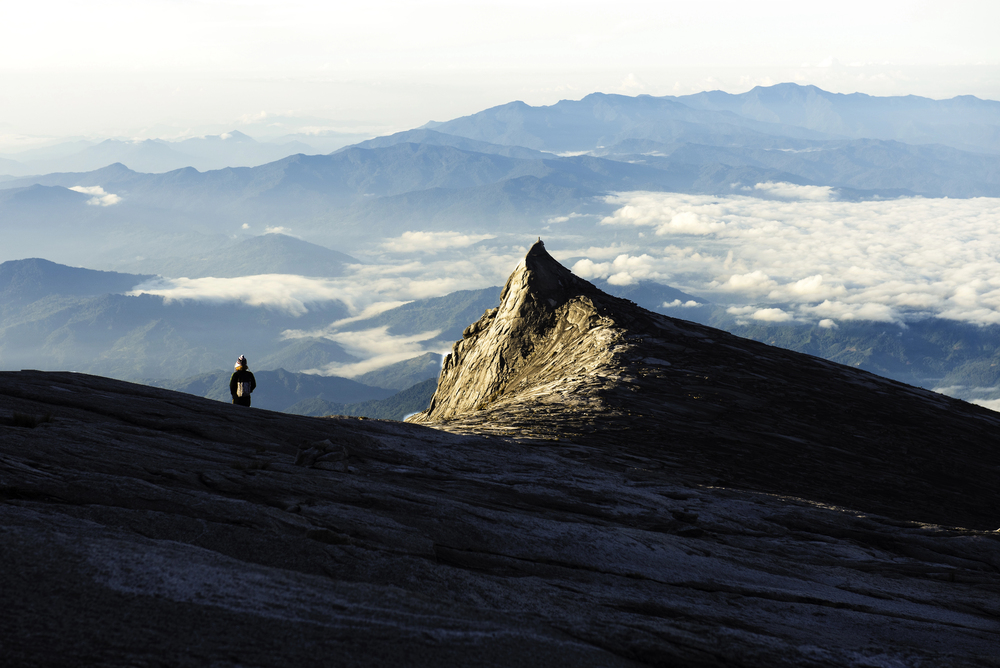
This historic observatory in the Pyrenees Mountains offers overnight experiences where visitors sleep at 9,439 feet among professional astronomical equipment. The combination of high altitude and distance from major cities creates viewing conditions rare in densely populated Western Europe, while the comfortable facilities make extended observation possible regardless of weather.
The observatory’s heritage adds a historical dimension to viewing experiences, connecting current visitors to centuries of astronomical discovery conducted at this same location since 1878.
Death Valley, USA
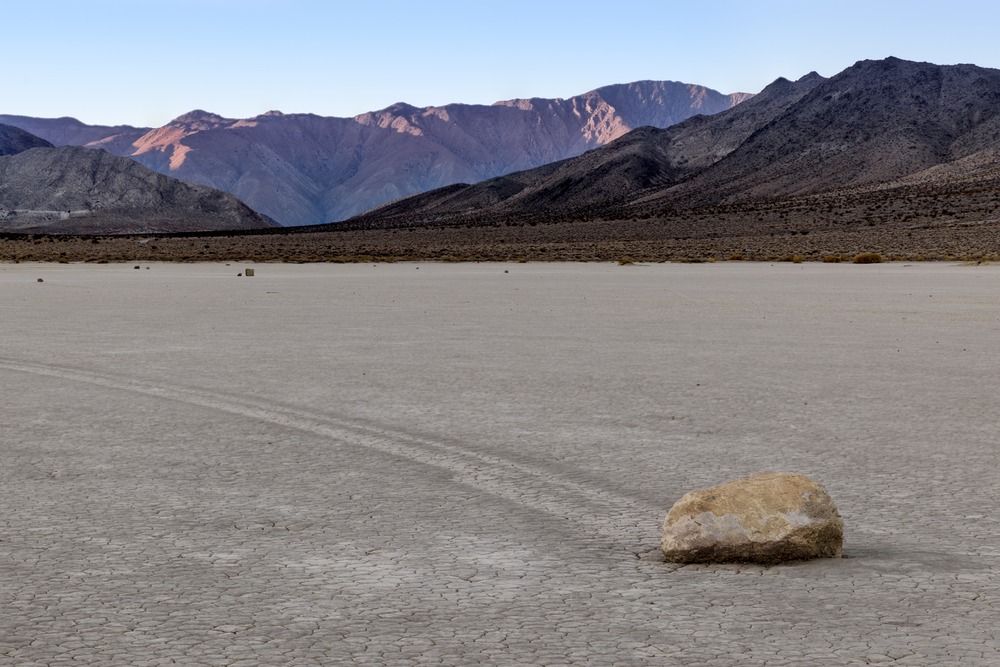
The combination of extremely low humidity, minimal development, and natural geography creates one of North America’s premier dark sky environments despite relative proximity to major population centers. The valley’s below-sea-level elevation creates unique atmospheric conditions where stars appear to hover unusually close to observers standing on the salt flats.
Rangers conduct regular astronomy programs explaining visible phenomena while advocating for the continued protection of diminishing dark sky resources increasingly threatened by expanding urban light domes.
The Sky’s Silent Message

These destinations remind us that some of Earth’s most profound experiences require nothing more than open space and attention turned upward. The sky speaks most clearly in places where human influence remains minimal—locations where darkness is protected as a valuable resource rather than a problem requiring illumination.
In presenting their celestial performances, these places offer rare opportunities to connect with scales of time and distance that transcend the ordinary human experience, providing perspective increasingly difficult to access in our artificially lit world.
Like Travel Pug’s content? Follow us on MSN.
More from Travel Pug

- Cities Growing so Fast You Won’t Recognize Them in 10 Years
- 13 Destinations Where Tourists Regularly Regret Their Trip
- 20 Obscure WWII Sites Even History Buffs Don’t Know About
- 10 Under-the-Radar Mountain Towns That Are Both Affordable and Beautiful
- Remote Villages in Europe Where You Can Live for Free in Exchange for Work
Like Travel Pug’s content? Follow us on MSN.
